Recently, a breathtaking spectacle unfolded at Chengdu's Huangtianba Airport: a tailless delta-wing fighter jet, shaped like a ginkgo leaf, took off alongside the newly commissioned J-20S fighter jet. This scene not only broadened public imagination about domestically produced fighter jets but also heightened public expectations for China's achievement of "world-class air power" around 2025.
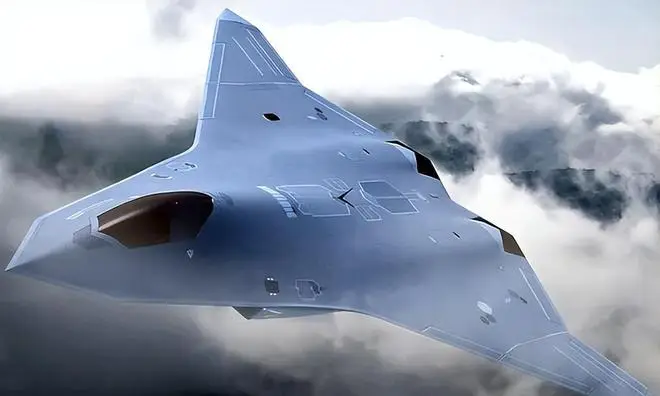
At the same time, the Shenyang Aircraft Corporation, a member of the same generation, quietly took off from an air base in northern China. Astonishingly, China has propelled itself into global leadership with the maiden flight of a single sixth-generation fighter prototype, while the US NGAD (Next Generation Combat Air System) program has stalled due to multiple factors, including budgetary overruns and technical bottlenecks. This scene evokes the historic moment of the J-20's maiden flight in 2011, further highlighting China's tremendous leap from "follower" to "rule-maker."
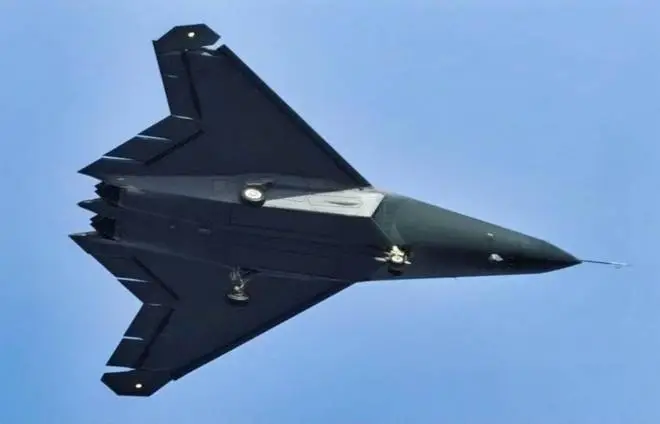
The core breakthrough of sixth-generation aircraft lies in their "six super" capabilities: ultra-flat profile, supersonic cruise, super-conventional maneuverability, ultra-long-range strike, super-dimensional Internet of Things, and super-domain control. Take the Chengdu J-36, for example. Its tailless flying wing design reduces its radar cross-section to 0.0001 square meters, just one-tenth that of the F-22. Furthermore, the J-36 utilizes a three-engine design, two of which are adaptive variable cycle engines capable of supercruise at Mach 2, while the third engine on the back is likely a ramjet, helping it reach a top speed of Mach 3. This design significantly surpasses the US NGAD's twin-engine approach, forcing the US to reconsider its own design.
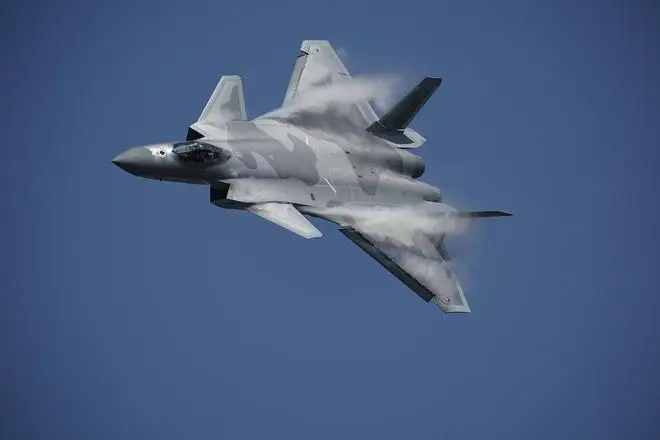
Furthermore, the J-36 utilizes a metamaterial film developed by the Chinese Academy of Sciences to bypass electromagnetic waves from the fuselage. Combined with external thermal shielding and a series of visual deception technologies, it achieves complete stealth across radar, infrared, and optical spectrums. In the future, pilots' lives may depend on their "sixth sense." Quickly reacting to these nearly "invisible" aircraft will determine the outcome of a battle.
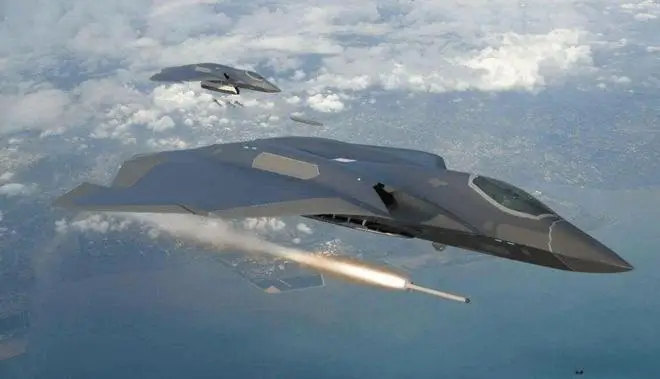
The 2025 version of the J-50 abandons the previous single nose-mounted pitot tube design and adopts distributed sensor network technology. This marks a preliminary breakthrough in China's intelligent aerodynamic data fusion technology for the J-20, shortening the J-20's development cycle from three years to nine months. As Chengdu Aircraft Corporation and Shenyang Aircraft Corporation gradually formed a "dual-track parallel" development strategy, their competition has gradually evolved into a mutually reinforcing and healthy competition. The J-36's design incorporates the strategic requirements of integrated air and space operations. With a wingspan of only 24 meters, it can carry precision weapons such as 7-meter-long, 10-ton hypersonic air-to-air missiles, meeting various air control and strike missions. Shenyang Aircraft Corporation's J-50, designed with carrier-based aircraft in mind, incorporates advanced wing profiles and rotatable wingtips, achieving both supermaneuverability and supersonic cruise capability.
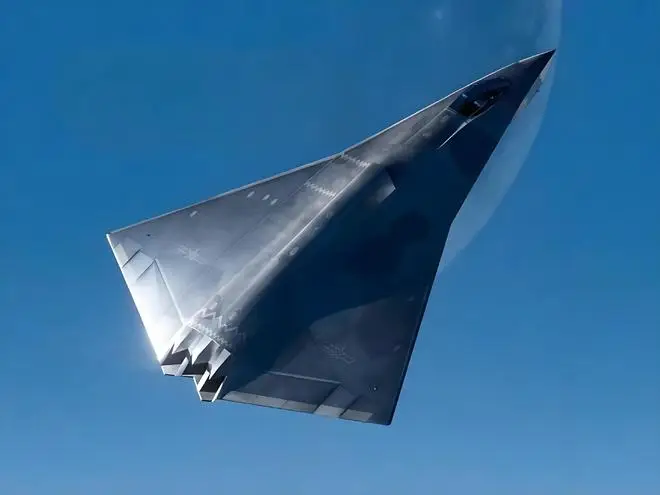
Both fighters are equipped with a "swarming" system capable of commanding 12 Dark Sword drones for coordinated operations. During a 2025 exercise, the J-50 completed fire control assignment for six targets 500 kilometers away in 0.3 seconds, demonstrating the efficient operation of the "Air Operations Center."
China's generational leaps in fighter jets follow a "13-year pattern": the J-10 made its maiden flight in 1998, the J-20 debuted in 2011, and the sixth-generation fighter jet entered the air in 2024. This rapid development is inseparable from China's strategic determination to "equip, develop, and pre-research each generation." As early as 2010, China began researching cutting-edge technologies for the sixth-generation fighter jet, while the United States was still debating the technical path forward in 2024.
A digital R&D model also provided key support for this breakthrough. Using "digital twin" technology, Shenyang Aircraft Corporation reduced wind tunnel testing time from 1,200 hours to 400 hours, tripling the iteration speed of its aerodynamic design. AI algorithms performed millions of combat simulations in a virtual battlefield, optimizing flight control logic. It's clear that China's "virtualization-first" strategic thinking has given us an advantage in developing standards for sixth-generation aircraft. For example, we pioneered the evolution of the air combat paradigm from "single-aircraft confrontation" to "manned-unmanned coordinated combat" system-of-systems confrontation.
The significance of sixth-generation aircraft extends far beyond the military realm. The J-36, with a combat radius approaching 3,000 kilometers, can cover the entire atoll chain of the second island chain, posing a significant threat to US military deployments in the Asia-Pacific. Its breakthrough in positioning itself as a "Guam killer" has profoundly disrupted the US military's Asia-Pacific strategic deployment. The J-50, as a carrier-based aircraft, provides crucial support for future naval operations of domestically produced electromagnetic catapult aircraft carriers. More importantly, technologies derived from sixth-generation aircraft, such as quantum radar and metamaterials, have already been applied in the civilian sector, driving the upgrading of China's high-end manufacturing industry. By 2025, China's military electronics market is projected to reach 501.2 billion yuan, with an annual growth rate of 9.5%, forming a closed loop of "technological breakthroughs, industrial upgrades, and strategic empowerment."
While the United States continues to wrangle over the NGAD budget, China has quietly transitioned from "imitator" to "leader." Behind the success of the sixth-generation fighter jet lies the triumph of China's national innovation system—as foreign media have commented: "China is redefining the rules of high-tech competition with its institutional advantages."
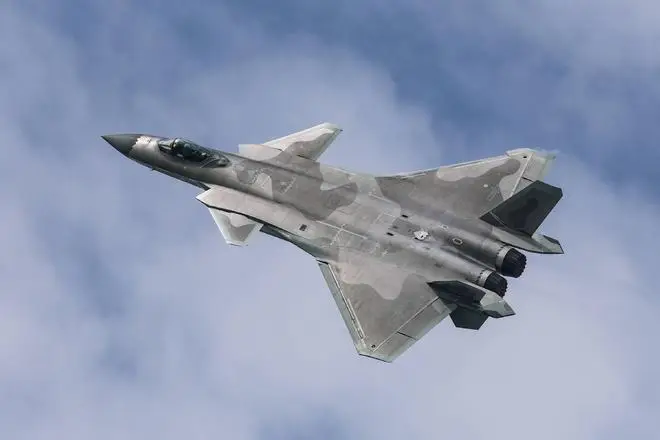
From the initial exploration of the J-10 to the dazzling debut of the sixth-generation fighter jet, China's aviation industry has completed a century-long journey in just 30 years. The sky over which that "Ginkgo Leaf" flew not only witnessed the generational shift of fighter jets, but also the awakening of the innovative spirit of a great nation.




